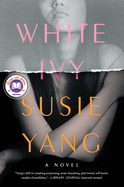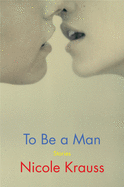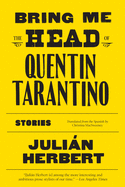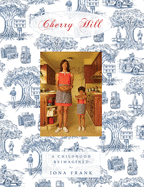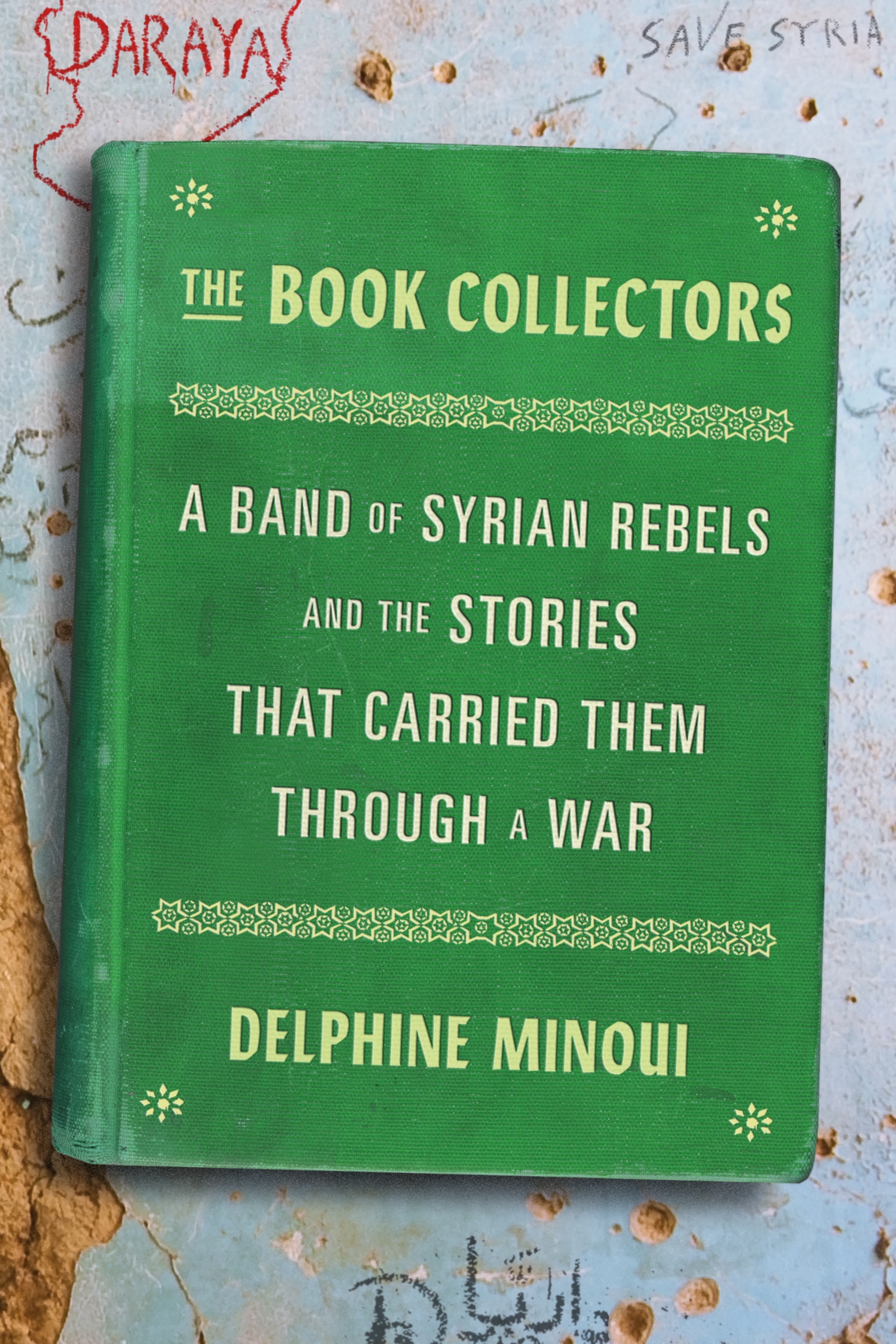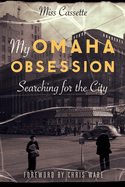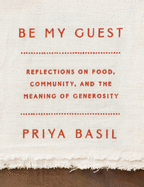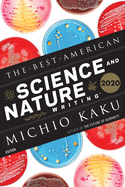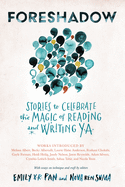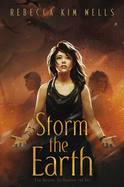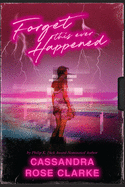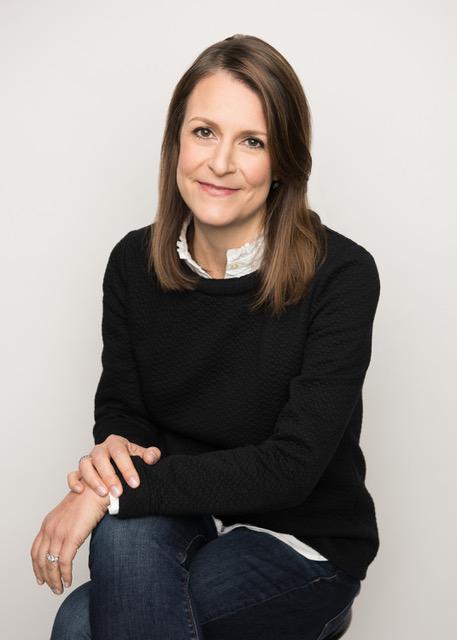 Christie Tate is a writer and essayist whose works have appeared in the New York Times, the Washington Post, McSweeney's and other print and digital platforms. In her debut memoir, Group (Avid Reader Press, October 20, 2020), she recounts how her participation in group therapy transformed her life. Tate lives in Chicago.
Christie Tate is a writer and essayist whose works have appeared in the New York Times, the Washington Post, McSweeney's and other print and digital platforms. In her debut memoir, Group (Avid Reader Press, October 20, 2020), she recounts how her participation in group therapy transformed her life. Tate lives in Chicago.
How do you describe Group to new readers?
I say it's about how group therapy unf*cked my life.
The more complete spiel is that when I was 27, I found myself in a position where on paper my life was amazing, but inside, I was miserable. I'd already gotten into recovery [for an eating disorder]. I'd worked the steps. I eventually found myself in a therapy group with a very wacky therapist who transformed my life in ways I could have never guessed--and by means I would have never agreed to had I known at the outset what it would require of me.
How did you end up in that group with that "wacky" therapist?
I [was] at dinner one night with a woman who was successful, and there was just something about her. I knew that she had a heart like mine, she had struggles like mine, that she had an eating disorder. But she looked relaxed and radiant and at peace. At home in her skin. I wanted to know, "What is different about you?" She started talking about her therapist, and something about it tugged at me. I was interested, I was curious. What I saw in her was the beginning of her own transformation. And I wanted it. I wanted it for my own.
One of the things that comes through very strongly in this book is the idea that keeping secrets--your own, or those of others--can hold back that kind of transformation. To that end, Dr. Rosen's groups really don't hold to any of the traditional concepts of privacy and confidentiality generally associated with a therapy setting.
Absolutely. It's very radical. And from what I understand within the world of group therapy practitioners, it's even unorthodox among them. I've met people who are in the field, and when they hear about norms of Dr. Rosen's groups, they are very nervous.
I understand that. I do. I still marvel at my own willingness to jump into this pool and be willing to make the necessary disclosures; it was terribly frightening.
I have recommended Dr. Rosen to friends and they've tried it and said it's not for them, which I certainly respect. If you are dealing with a trauma that you have held dearly and find very unspeakable, that you could tell seven people about it and that they might tell seven more people--that is something that doesn't work for everyone. But for people who are ready for something different, it seems like there should be more information about this. This is a tool, one that works for me, and for my groupmates. I hope people understand it as an option, if they find themselves ready and willing to take a new approach.
It's an option that gives participants space to really, fully, feel their feelings.
When I think back to what I held inside my body before I had that space, I am amazed I made it to age 27. I mean, I've always been a big feeler. I'm very sensitive. And I could package things up neatly and tell a story about what I felt in a meeting or to friends. But with the space opened up in group, it was an invitation to take the gloves off and just let it all go. That was an incredible gift. It was so uncomfortable. It's still uncomfortable. I still have the impulse to tidy up, make my anger sound smart, or funny, or a little bit less than it is, because I am terrified of my own emotions outside the veneer of my control. But that has been essential to my mental health to let myself scream and cry and writhe and pull out my hair. Recently, though, I haven't reached the heights that I talk about in the book--perhaps because I do it on a more regular basis. That's the greatest gift I think, from group: the space to get it out, and have witnesses.
The space to be witnessed and, if not not judged, judged without consequence.
Absolutely. I'm not going to say there's no judgment. Just thinking of myself as someone watching someone else do their deep work, sometimes I'm like, "I'm not buying this." But as the person melting down, what it offered me was the space to get it out and to not be rejected. Because we're all going to come back next time, and then it will be someone else's turn. And there's a rhythm to the long-term commitment of group that makes it safe.
But there is more to it. Of the six people in the group, one or more of them has always joined me in my feelings. They'll say, "I see you. This is how I feel. I feel like this." People will say things like, "Thank you for crying for me." Or, "This is exactly how I felt as a little kid and I don't have the courage to let it out." There's a sense not only of being seen, but being joined.
I wonder if that's one of the appeals of reading a book like Group in the first place, that idea that you are not alone in your feelings and thoughts.
A hundred percent. I think I would say that about all the memoirs I love. They have said things in ways that I don't have the courage to say, or put stories to experiences that I haven't been able to assimilate or assemble. It's novels, too; I just happen to really love memoir. But that sensation of I'm not alone in the world, I'm not the only one who felt small, alienated, disempowered, furious, and at odds with my body and with all other people--that sense is why I think reading has become a survival tool in my toolkit.
Do you think of writing as a tool in your toolkit as well?
Writing really does help me make sense of what has happened to me.
When I got very clear that this was really a love letter to the process and the people who were transformative in the life that I have today--a life I couldn't even dream of back in 2000--the writing became a joy instead of a slog. I started to ask myself, How can I get it right? How can I show people what Patrice meant to me when she grabbed my hand, when she gave me a hug? And that way I was freed from the tyrannical thoughts, worrying about whether anyone would care about this story, whether I'd ever get an agent. I was able to put those concerns aside and focus on rendering the love and the experiences that were hugely emotional for me and give the gift I got in a story to other people. --Kerry McHugh
 Mudpuppy's Color Magic Bath Book series includes three waterproof "board" books--Color the Ocean, Cat Donuts and What Color Am I (each $9.99)--that will undoubtedly make bath time entertaining. Each title when dry appears to be filled with white-and-black pages; put the plushy plastic books in the water and vibrant colors appear. A "Chocolate Furosted" cat donut is fun--a Chocolate Furosted cat donut with bright blue stripes on a bold red background is way more fun.
Mudpuppy's Color Magic Bath Book series includes three waterproof "board" books--Color the Ocean, Cat Donuts and What Color Am I (each $9.99)--that will undoubtedly make bath time entertaining. Each title when dry appears to be filled with white-and-black pages; put the plushy plastic books in the water and vibrant colors appear. A "Chocolate Furosted" cat donut is fun--a Chocolate Furosted cat donut with bright blue stripes on a bold red background is way more fun. In Zoom Space Adventure by Susan Hayes and illustrated by Susanna Rumiz (What on Earth Books, $14.99), die-cuts are used to blast Ava off to her "big space adventure." Once Ava is in her rocket ship, she waits for the final countdown, which happens over the next five (four, three, two, one!) pages. Lift off! Ava and her little white kitty are off to space, peeping through windows and behind flaps at all the beauty the cosmos has to offer.
In Zoom Space Adventure by Susan Hayes and illustrated by Susanna Rumiz (What on Earth Books, $14.99), die-cuts are used to blast Ava off to her "big space adventure." Once Ava is in her rocket ship, she waits for the final countdown, which happens over the next five (four, three, two, one!) pages. Lift off! Ava and her little white kitty are off to space, peeping through windows and behind flaps at all the beauty the cosmos has to offer.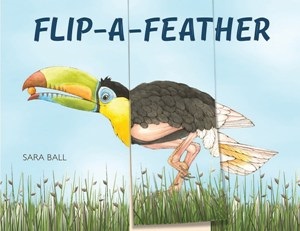 Sara Ball's Flip-a-Feather (Abbeville Kids, $16.95) is a board book for children in the three to five range. Each page introduces a new bird--Pelican, Quetzal, Cockatoo--and is split into three panels that can be individually flipped. As children play with each different section, they have the ability to create hundreds of different kinds of birds: a Pel-quetz-too, for example. With explanatory text on every panel, this oversized board book is silly and educational.
Sara Ball's Flip-a-Feather (Abbeville Kids, $16.95) is a board book for children in the three to five range. Each page introduces a new bird--Pelican, Quetzal, Cockatoo--and is split into three panels that can be individually flipped. As children play with each different section, they have the ability to create hundreds of different kinds of birds: a Pel-quetz-too, for example. With explanatory text on every panel, this oversized board book is silly and educational.


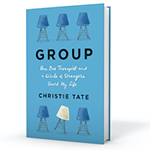



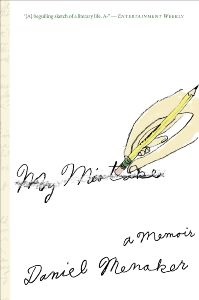 Daniel Menaker
Daniel Menaker